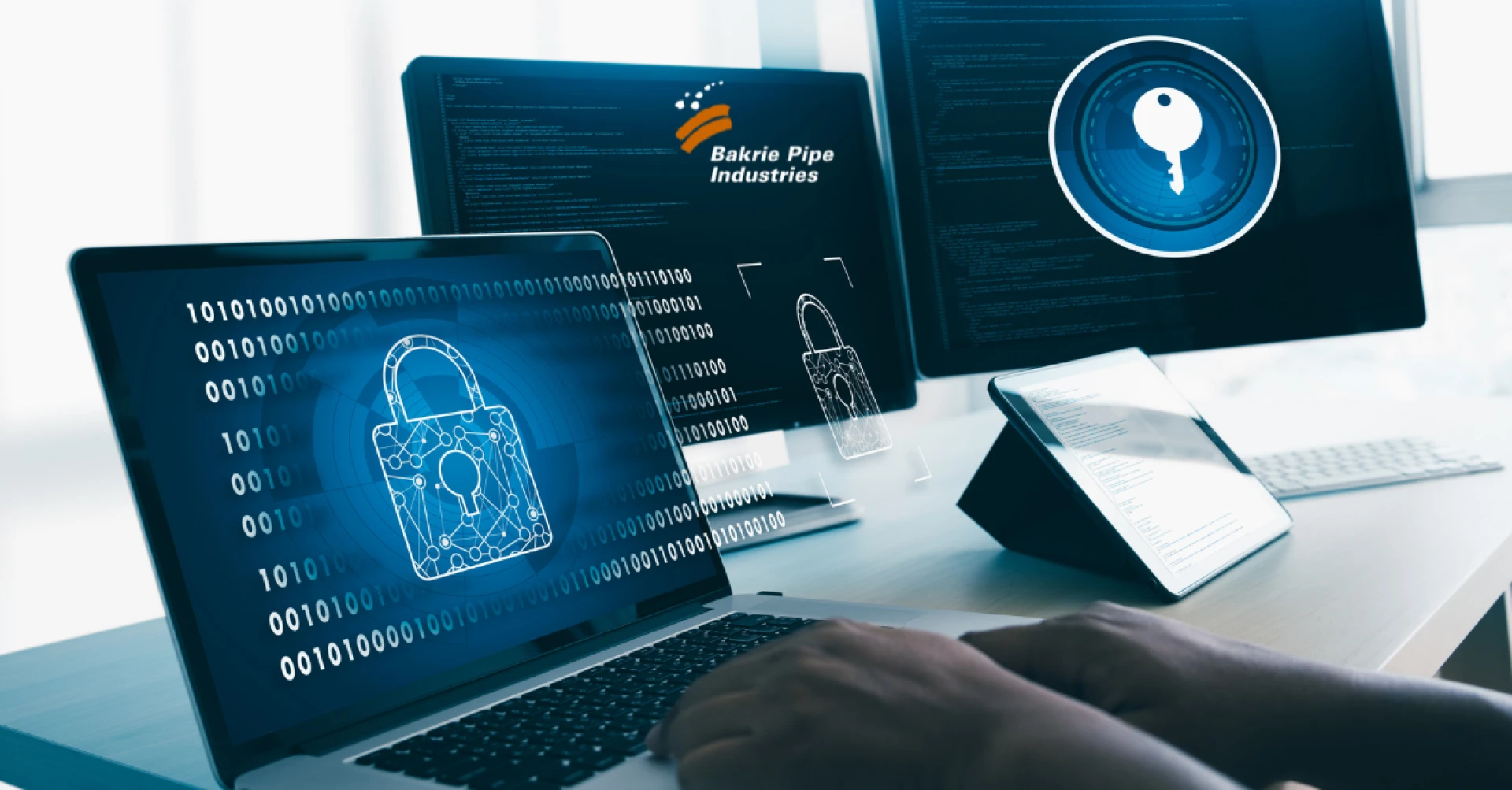In this digital, interconnected era, data security is a crucial foundation for e-commerce businesses. Cyber threats such as customer data theft, payment system hacking, or ransomware attacks can have a significant impact on reputation and business continuity. Therefore, companies cannot focus solely on technology but must also develop a comprehensive, planned, and sustainable security strategy.
1. Understand the Digital Assets That Must Be Protected
The first step in building a data security system is identifying what digital assets they own. This can include customer data, transaction systems, payment information, and even internal accounts. Without a clear map, companies will have difficulty prioritizing protection and may miss critical gaps that are vulnerable to attack.
2. Create a Clear and Comprehensive Security Policy
After understanding digital assets, companies need to establish a security policy. This covers who can access certain data, how data is managed, and what procedures should be followed in the event of a breach. This policy must be implemented by the entire team, not just the IT department, to ensure a culture of security is truly embedded in the workplace.
3. Implement Security-Enhancing Technology
Firewalls, antivirus software, and two-factor authentication are just a few examples of technologies that can help protect digital systems. However, these technologies are only effective when combined with active monitoring and regular system updates. Security isn't a one-time-install-and-leave-it tool, but rather an ongoing process.
4. Educate Your Team on Cyber Threats
Many cyberattacks succeed not because of system weaknesses, but because of human error. For example, opening phishing emails. Therefore, regular training and education for all employees is crucial so they can recognize and avoid existing threats.
5. Prepare an Emergency Response Plan Early
If a data breach occurs, the company must know what to do: who should handle it, how recovery will be carried out, and when customers will be notified. All of these procedures should be in place before the incident occurs to ensure a swift response and minimize losses.
6. Conduct Regular Security Evaluations
Digital threats are constantly evolving, so security systems must adapt accordingly. Conducting regular audits and evaluations can help detect weaknesses before they are exploited by malicious parties. This also provides an opportunity to update policies and systems if needed.
Data security is not solely the responsibility of the IT team; it is part of the company culture. By building strong digital defenses, encompassing systems, people, and policies, companies not only protect data but also maintain customer trust and business continuity in an increasingly risky digital world.
